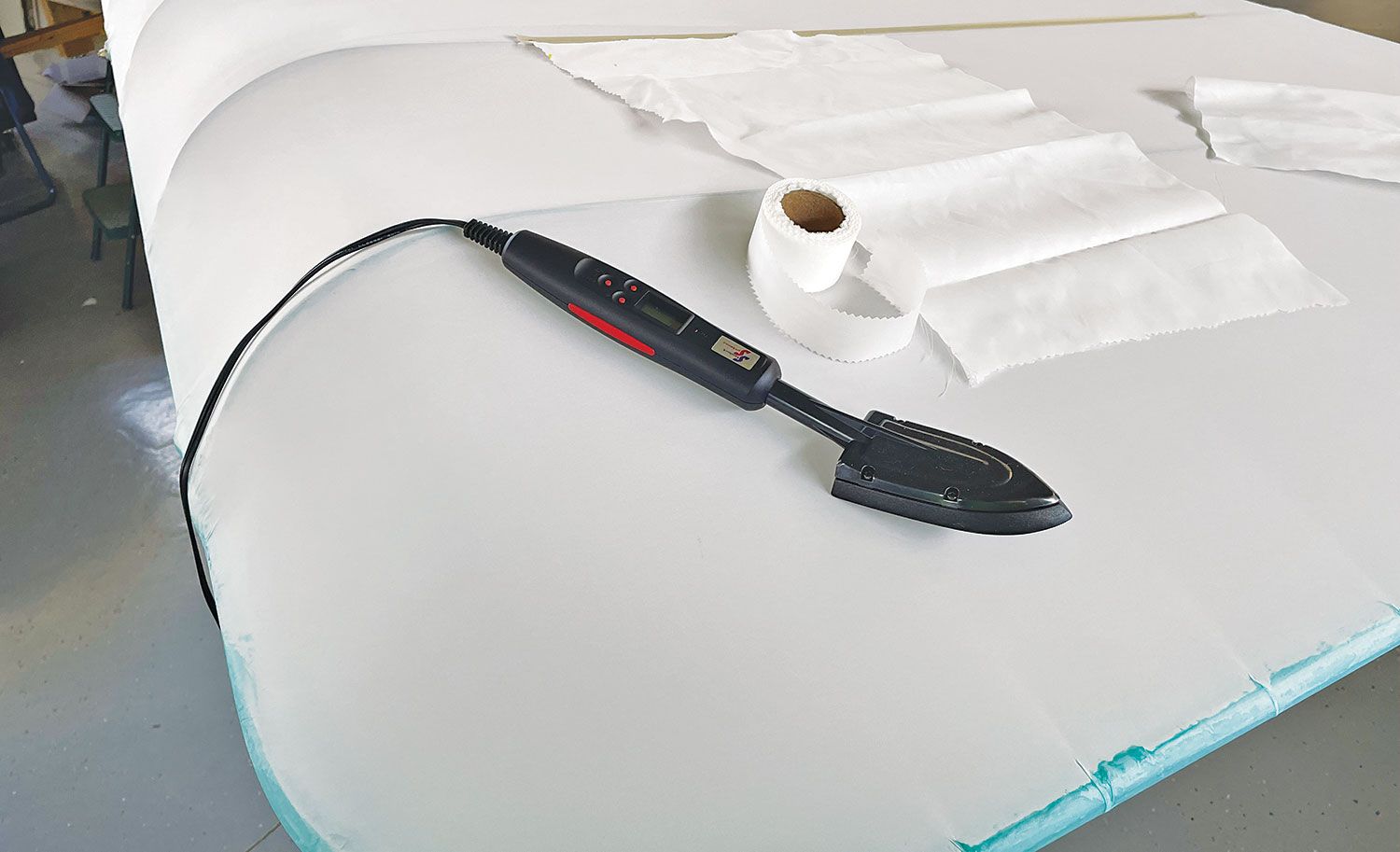
If you are building a fabric-covered aircraft, you have multiple fabrics to choose from: polyester, Dacron, Stits, Ceconite, Poly-Fiber, Superflite or Oratex. Which one should you use? What are the differences—or similarities—between them? Have you ever been confused by these terms? Let’s cover this topic once and for all. The most surprising fact is, with the exception of Oratex, they all are names for the same basic material.
In the early days of aviation, fabric aircraft were covered with cotton or linen, two natural fibers that both come from growing plants. Nowadays, aircraft fabric is made from synthetic materials due to their superior qualities, including strength and endurance. These modern materials are what we will discuss here.
Polyester is a thermoplastic made primarily from petroleum. It can be fashioned into fibers and woven into a fabric. We are all familiar with clothing articles made from this man-made material and the way it feels and wears. Its durability is a favorite trait. Polyester would be a very generic term for describing aircraft fabric.
Dacron is a brand name and is produced by DuPont. It is a proprietary recipe for making polyester. DuPont’s chemical formula for polyester has some wonderful qualities engineered into it. For example, it resists mold and mildew and it repels water. Dacron is a more accurate term to use to describe the polyester fabric that covers your aircraft.
Now it turns out that DuPont does not manufacture aircraft fabric. They license the formula to manufacturers that create the material. So, who actually makes Dacron fabric for your aircraft?
Two companies that have factories (mills) creating this fabric are Consolidated Aircraft Coatings and Superflite. Both of these companies manufacture the same Dacron material, but there are differences in the way the material is woven (like varying the threads per inch and other details). This results in some very subtle differences between the fabrics that may be noticed when covering an aircraft.
Consolidated Aircraft Coatings sells their products under two brand names: Ceconite and Poly-Fiber. The actual fabric is identical for both brands. There is no difference other than a brand marking on the fabric. So, as an example, if you tell someone that your aircraft is covered in Ceconite, you are being very specific about identifying the manufacturer of your Dacron polyester fabric.
There is also a fabric some builders call “Stits.” Ray Stits was the founder of the company that is now Poly-Fiber. His name sometimes is used in place of the fabric sold by Poly-Fiber (which is made by Consolidated Aircraft Coatings)!
Both manufacturers (Consolidated Aircraft Coatings and Superflite) make Dacron polyester fabric in three varieties of fabric weight. The lightest weight fabric is often used on ultralights, and the middle weight is most commonly used on homebuilt aircraft.
Let’s see if we can shrink this down to a single sentence. The next time someone tries to explain what type of fabric covering they are using, you now know that they are describing some version of DuPont’s Dacron polyester material, manufactured by either Consolidated Aircraft Coatings or Superflite, and possibly rebranded as Ceconite or Poly-Fiber (which was originally founded by Ray Stits).
All of these fabrics require various coatings and paint to complete the installation process. If you’d like an easier alternative, Oratex (from Better Aircraft Fabric) is a modified polyester fabric that has UV protection and a color coat added at the factory. Just glue it down, shrink it, and you’re done!
If your plane is covered with fabric, it’s good to have choices.

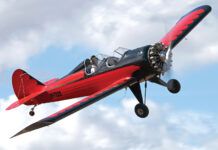
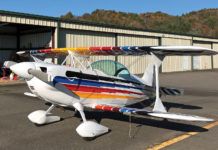
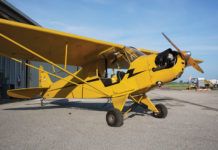
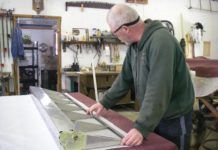
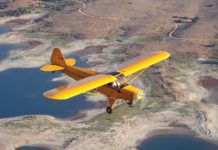
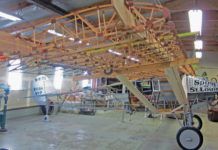
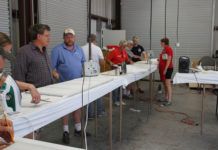
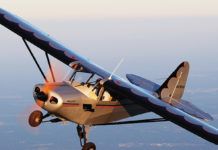
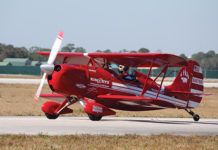
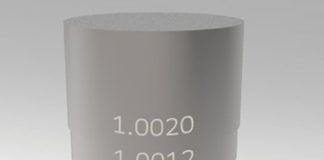
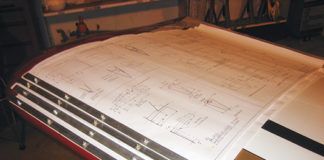
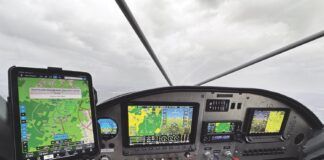
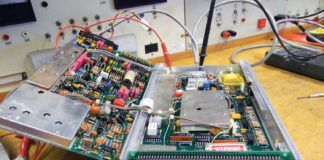
I used Airtech!
What about an article only on Oratex by BAF of Alaska. Jon cites it then fails to include it or…other products. I am guessing that article authors are still paid by the word. Sad. Many explanations such as this one require a Chart (nothing fancy) that we can print, laminate and save above the workbench (where our tools are, ahem, neatly stored.